PROTECT YOUR DNA WITH QUANTUM TECHNOLOGY
Orgo-Life the new way to the future Advertising by AdpathwayLast month, Rufus Wenlock and Joe Nation raced the 3,000-kilometer Shaky Isles route along the length of New Zealand, starting at opposite ends of the country. Find a reflection from both of them here, including some insight into the unique logistics of racing in contrary directions and an incredible gallery of photos captured on their rides…
Photos by Callum Wood and Anton McGeachen
Editor’s Note: Project Double Shake was a head-to-head race on a course called Shaky Isles, which runs the length of New Zealand from Bluff at the southern tip to Spirit Bay in the far north. The route, designed by Brian Alder, creator and organiser of the Tour Te Waipounamu, avoids main roads wherever possible, instead weaving through New Zealand’s rugged backcountry and remote landscapes. Three weeks ago, Rufus Wenlock and Joe Nation decided it would be fun to start at opposite ends of the country, putting a twist on the standard race format that allows riders to quickly gauge how far ahead or behind they are. They rode the same distance and elevation gain, but otherwise, everything else was unique.
Joe finished his 3,000-kilometer ride in 8 days and 16 hours. Rufus finished in 9 days and 5 hours. Find a reflection from both riders below, alongside photos captured by Callum Wood and Anton McGeachen during their race.
Why the Double Shake?
Joe: After scratching from Tour Divide with an illness earlier in the year, I was looking for an event where I was able to use my custom Sufur, which Rufus had built for me. In terms of gravel-based routes where my super low, rigid, flat bar rig would be suited, the Shaky Isles seemed to fit the bill perfectly. Once the seed was planted in my mind, I began to get very excited about the North Island section in particular, as I’d spent very little time bike packing up that way. While close to home, I knew this could be a real adventure.
Rufus: I had attempted the course twice before in an ITT format, never making it past the South Island. With no one to compete against, the motivation to keep pushing just wasn’t there. Mentioning this to Joe, he said, “Why don’t I race you?” to which I replied, “Let’s make it interesting and start at opposite ends!”
Dynamics of racing opposite directions
Joe: With our speed being so close historically, we decided that going in opposite directions was the only logical option to a two-horse race. I was apprehensive at first as I like to look at the dots while I’m racing to work out competitors’ schedules, strengths, speeds, etc, but this would have to be raced more like a time trial as the terrain varied heavily between islands. I still did my best to stay tactical, knowing the north had more climbing in the early days, I simply did my best to keep my distances as close as possible to Rufus. I knew if I did this, I’d have the upper hand at the cross-over point. Not only that, but he would have the punchy climbing in the second half of the race, while I’d finish on the “easier island.”
Rufus: I really liked the idea of this format, as typically during races, I don’t want to get caught up in what the dots are doing. This format allowed me to focus on what I was doing and the more pressing jobs at hand, like catching the ferry in time. Once our paths crossed, the dynamic changed; we were familiar with the terrain and sections the other was about to face, and knew how long it had taken us to complete. Things like weather, resupply times, and, most importantly, the opposite direction of travel kept it very much a guessing game. Towards the end of the race, all this combined with what I was hearing on course from dot-watchers really started to spiral in my mind. I think I mentally gave up more than a couple of times, believing Joe was much further ahead of me than he really was.
The Race for the Ferry
Joe: The ferry crossing was the crux of the race; too much wasted time spent waiting at a terminal could decide the outcome. Before I slept in Hunterville, I was calculating how long it would take to cover the 330 kilometres to my planned 2:30 a.m. ferry the following evening. I woke at 4 a.m. and set a comfortable pace through the twilight hours and into the morning. After checking the weather and social media, it became clear that a massive storm was headed for the upper South Island. I knew they cancelled ferries in storms like this, so after some quick maths, I worked out that if I could stay above 25 kilometres an hour for the next 10 hours, I would make the earlier 8:30 p.m. crossing. With the help of a strong backwind and some efficient resupply options, I made it!
Rufus: Having previously ridden the South Island leg at a decent pace, I knew that if I could match that effort, I’d hit the ferry terminal just after 11 p.m., about three and a half days after starting. The spanner in the works was that on the day I would need the ferry, the last check-in was at 8:30 p.m. With the night sailing cancelled, missing this departure would mean waiting 10 hours for the next one, enough to put me seriously on the back foot for the rest of the race. With that in mind, I set off at a hard pace, planning to sleep just three and a half hours a night instead of my usual four to claw back some time.
What I hadn’t counted on were the gale-force headwinds and a storm system sweeping across the remote off-road sections. I found myself wading through fords that were usually ankle-deep and taking refuge in emergency shelters at night to dodge the worst of it. In the end, I just buried myself in the task and rolled into the terminal at 8:34 p.m. A huge success, but one that came at a heavy cost to the energy reserves.
Weather
Joe: While I had a reasonably good run down the North Island weather-wise, the south had a trick up its sleeve. After little to no sleep on the ferry, I pushed hard to get as far south as possible before the inevitable storm hit. As I made my way towards the Porika climb, the wind and rain hit hard, and I knew I was going to take the re route on the southern side to avoid the dangerous fords down the Braeburn Track. I followed the reroute for 20 kilometres out to and along State Highway 6, which had been closed due to slips and downed trees.
Sure enough, one slip had taken out the entire highway in one section, and I was turned around to take my chances with the fords. There were four fords that were far too dangerous to attempt to cross, but by pure luck, several 4WD vehicles came through and transported me across safely. The next day, after some of the coldest hours I’ve spent on my bike, I rode nervously towards Arthur’s Pass, which had been closed in the storm and had no reroute options. In another stroke of luck, the pass was reopened within hours of my arrival. I knew I was fortunate to have been able to thread the needle down the South Island.
Rufus: New Zealand weather during spring can be fickle at best, and we certainly weren’t dealt the best cards. Heading northbound, I knew I was working against the prevailing winds. I became familiar with these winds very early on in the South Island. Even when it wasn’t a direct headwind, the valleys and passes I crossed would often funnel those winds right at me! The worst of the winds was coming through Craigieburn Valley and over the main divide to the West Coast, which saw me getting blown off the road several times.
The nature of this event meant I couldn’t help thinking during the worst of it, “I bet this’ll be a tailwind for Joe.” Although not present all the time, these winds proved a recurring challenge all the way up the country. To accompany the wind, we had several major storms pass through. This created several hazards, such as raised fords to navigate, significant landslides that sometimes caused reroutes, and the carnage it caused to bikes and devices. The wet weather brought an end to my front and rear lights and my bike computer, causing a lot of added stress and problem-solving while forced to navigate on the phone.
Comradery and Result
Joe: Rufus has always been a fierce competitor, and while I’ve been lucky enough to get the edge over him in past races, I knew this was a massive opportunity for him due to his history with the route and the time trial race format. It’s an engaging format, having just one competitor, and I’d spent enough time with him in the lead-up to know his bike setup and gear list. I also knew that this would be his longest race, and I, having raced Tour Divide in 2023, had learnt the value of looking after myself in the first half of a long race. I focused on large foundational meals, longer sleeps, and hygiene. While I assumed this would significantly cut into my speed, I was pleased with very little power drop-off over the first five days of racing, meaning I was still covering good ground.
I was keeping an eye on Rufus’ dot and was not surprised to see him avoiding hotel sleeps and being very efficient with his time as he pushed hard up the south. While that style wouldn’t be sustainable for me, I worried that if anyone could pull that off, it would be Rufus. He seems to thrive when things get super tough and is happy to take something difficult and do it the hard way. He’s always an inspiration in the way that he can go so deep and not complain in the slightest.
After making it through the storm in the south, I had a clear run to the finish while Rufus was battling the punchy far north. This enabled me to return to the longer sleeping routine and ensure my power was solid when pedaling. I finally finished in the midst of another severe storm atop Bluff Hill in a time of 8 days and 16 hours, exceeding my expectations and with a ride to remember!
Rufus: Joe and I have been mates for years and entered this sport at the same time. While our styles are very different, we’ve spent countless hours talking through ideas, kit, and strategy. That intuitive understanding of how the other operates is somewhat unusual in this sport and was always going to add another level to the one-on-one competition.
We’ve shared many podiums over the years, but I’ve always been on the lower step. Coming into this race, I was keen to finally get one over Joe, fully aware that his weak points were few and far between, I’d have to play a perfect game. I’ve always respected his ability to remain calm amidst chaos, keeping a clear sense of priorities, something I tend to struggle with, often leaning into the chaos myself.
With limited experience at this distance, the last 1,000 kilometres tested me like nothing else. Seeing Joe crush the South Island leg despite all the wild challenges he faced was both inspiring and demoralising. My mind swung through massive highs and crushing lows, and I found myself battling everything from fatigue to doubt. The final stretch of the race, a relentless 80 kilometres into headwinds, was a fitting culmination of the challenge.
Finishing the 3,000 kilometres with 37,000 vertical metres in 9 days and 5 hours, I was beyond stoked. I’d survived, learned, and even qualified for the official course FKT, a personal victory that made every moment of suffering worth it. Lastly, we would like to thank our partners Tailfin, Redshift, and POC for their support in this project.
Further Reading
Make sure to dig into these related articles for more info...
Please keep the conversation civil, constructive, and inclusive, or your comment will be removed.










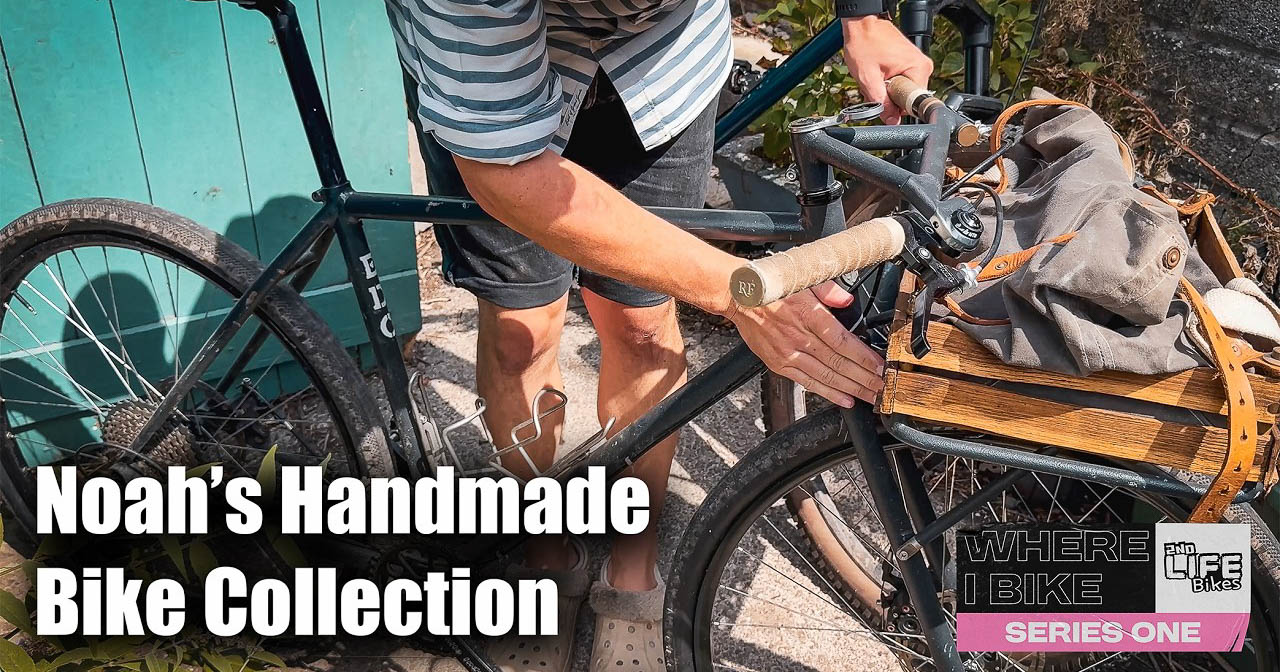
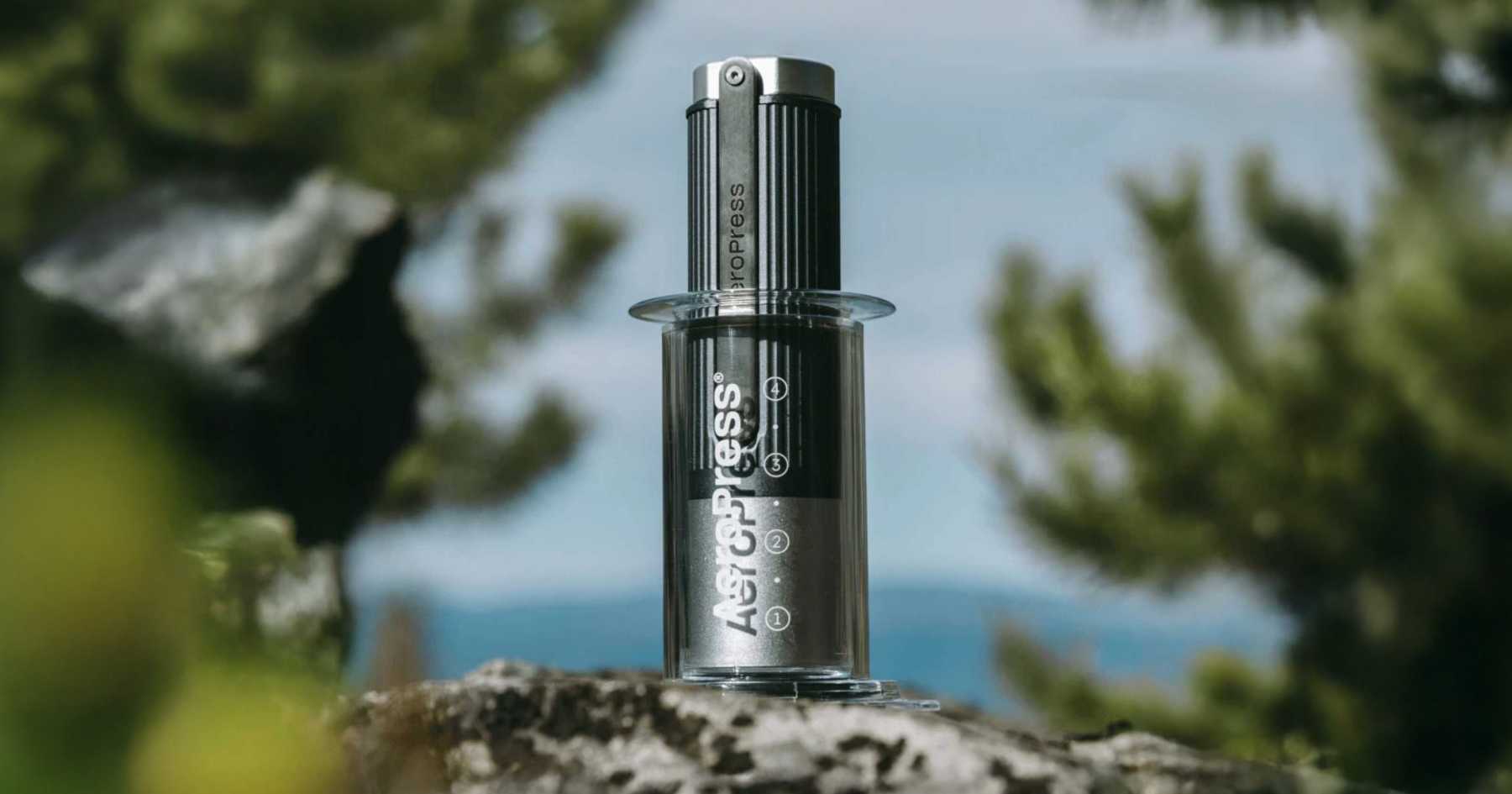
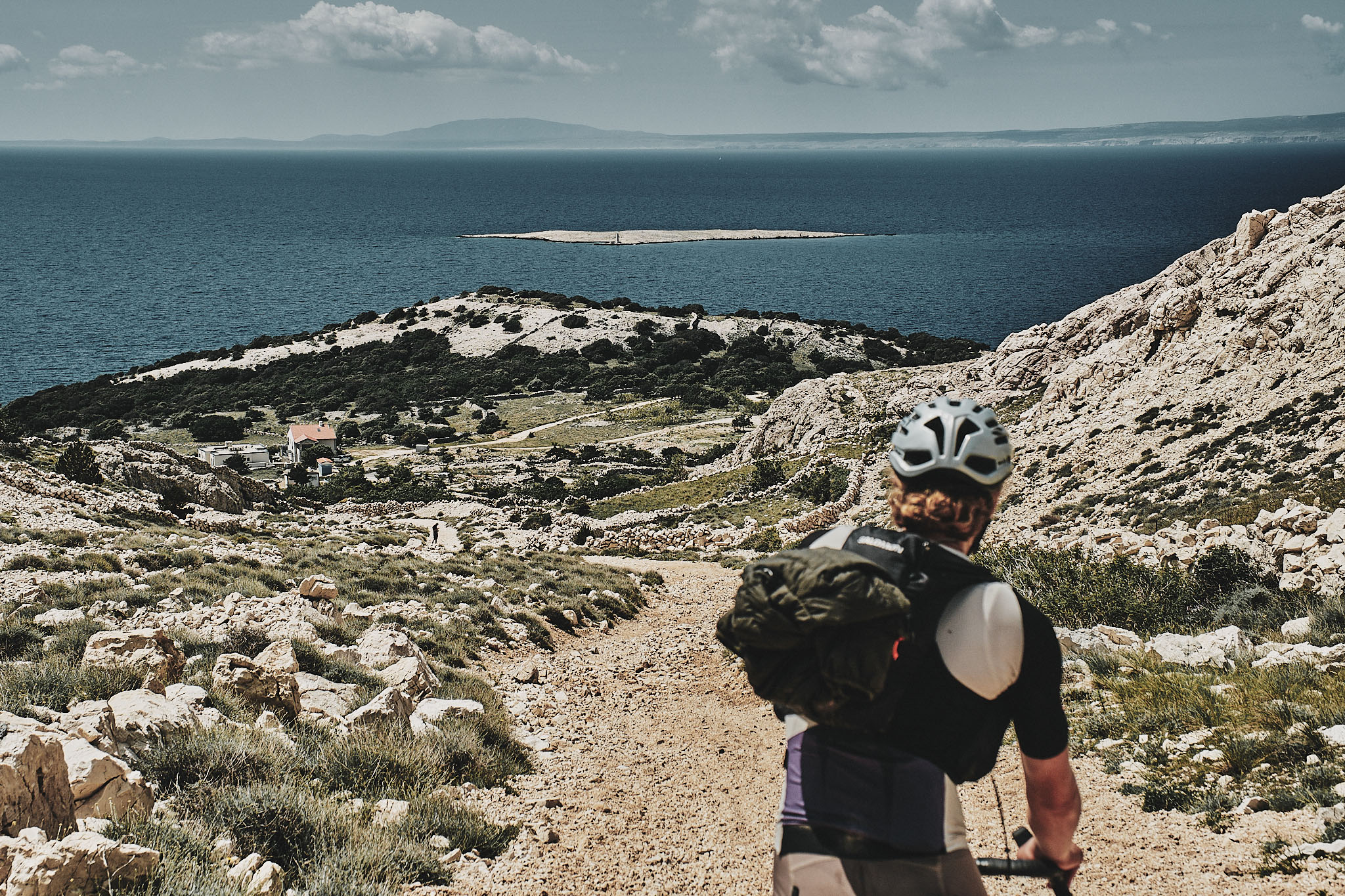
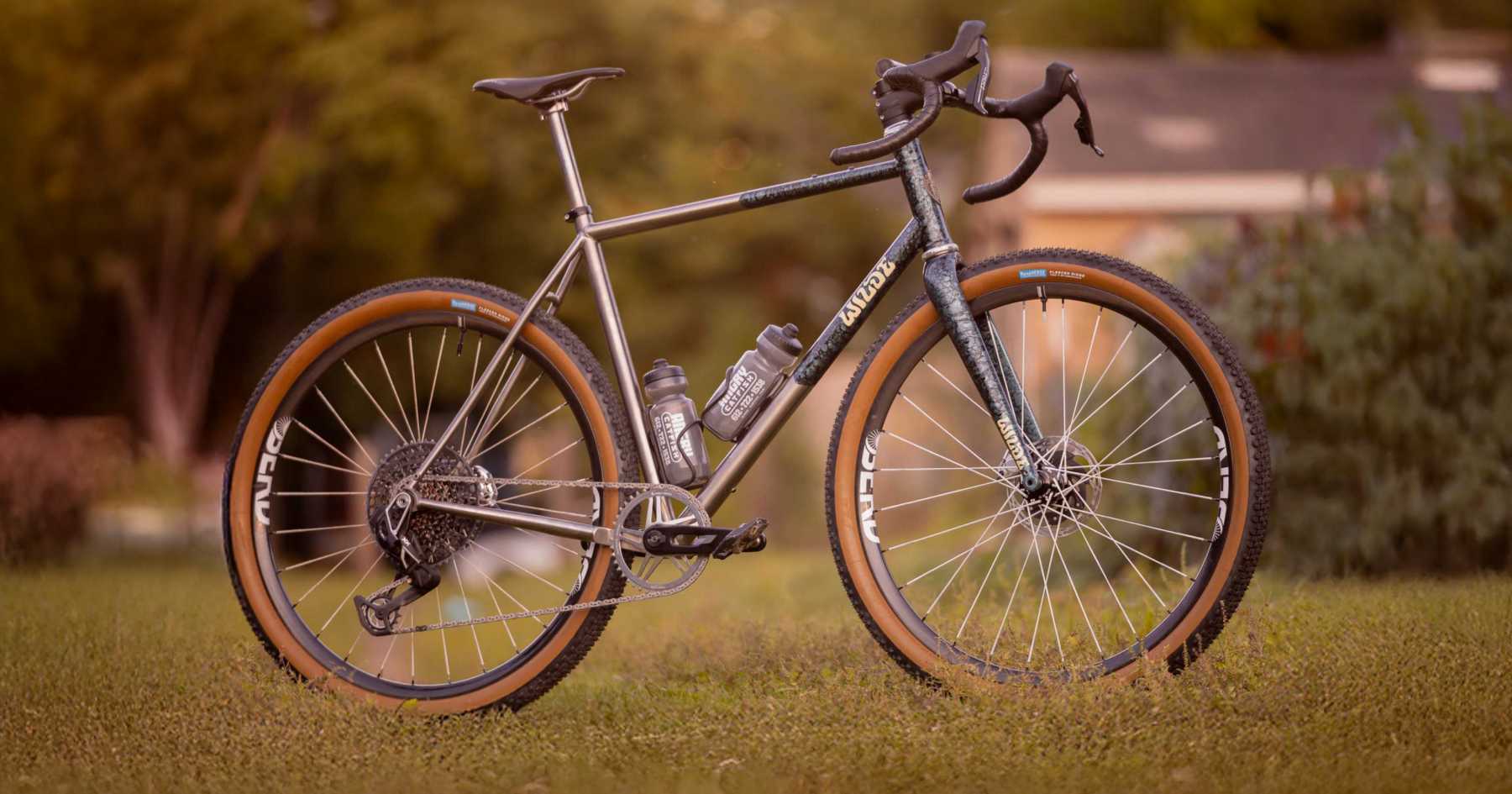



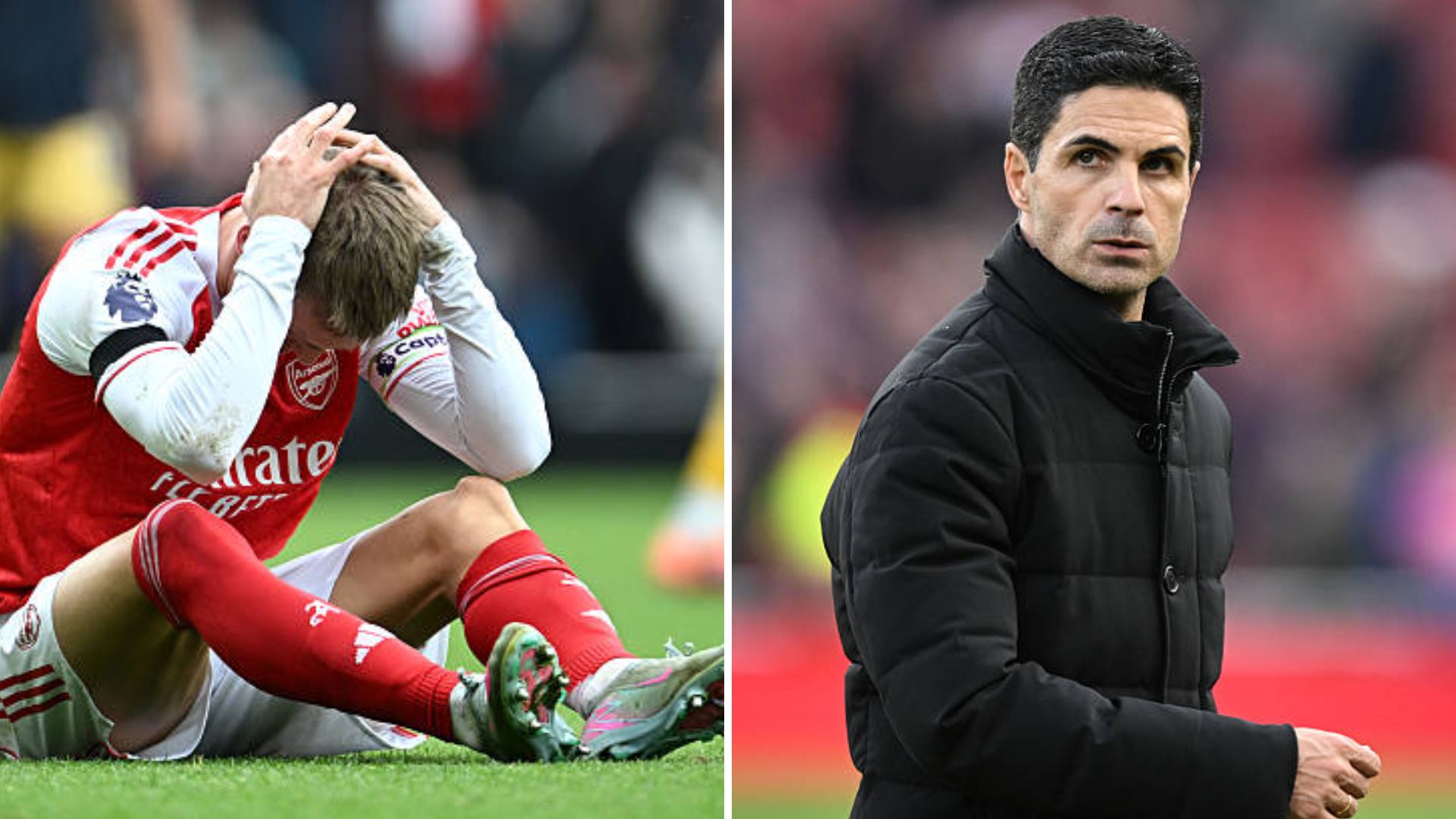

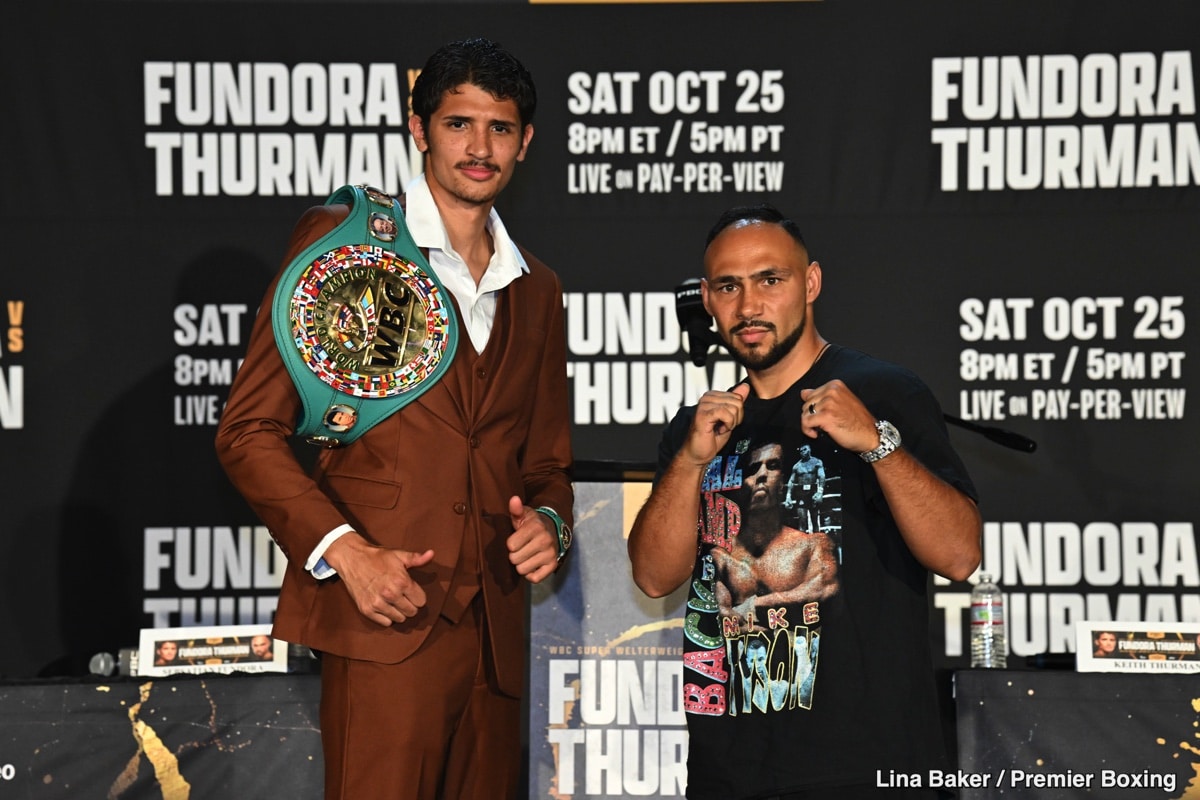




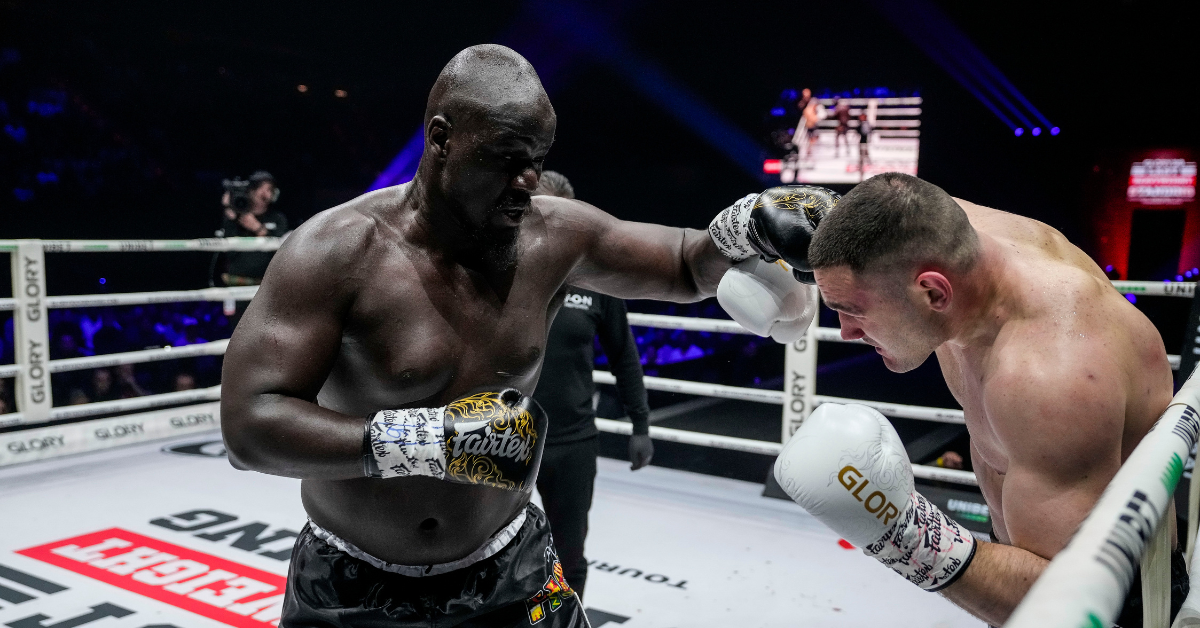

 English (US) ·
English (US) ·  French (CA) ·
French (CA) ·